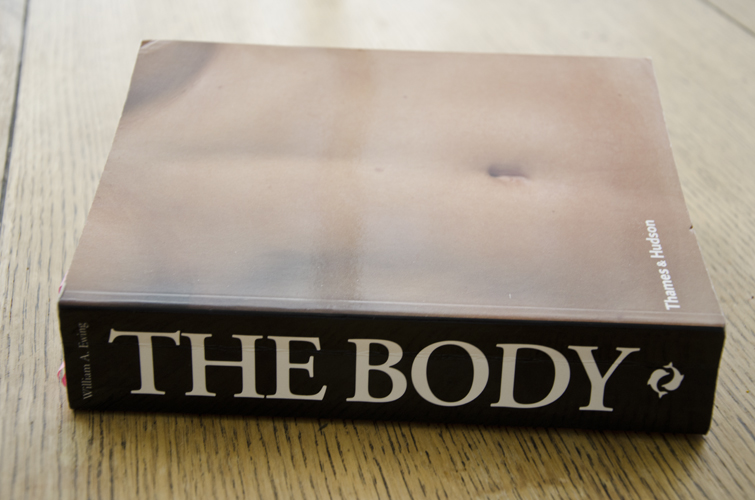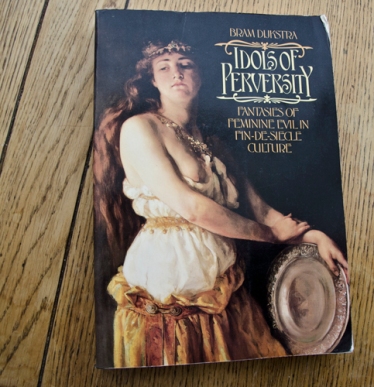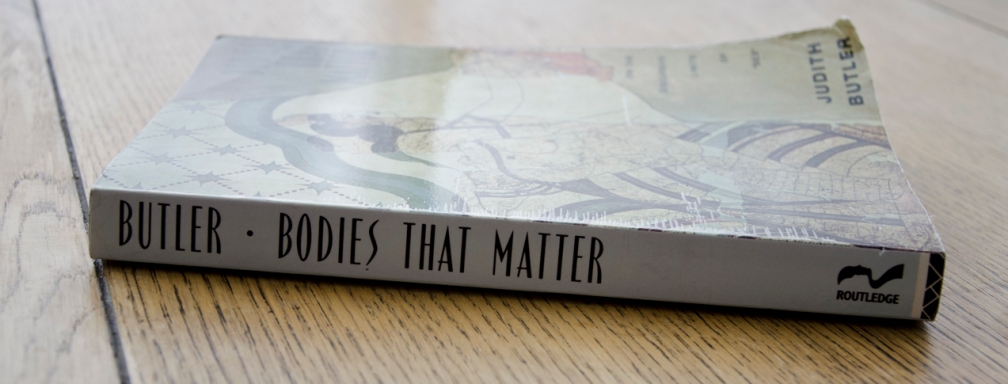It is sometimes (well, most of the time – let’s be real) hard to work out a topic to write about, so today I wanted to discuss some of my favourite books that I frequently use for research and inspiration. I won’t be doing in depth reviews of each of them as there are quite a few. Let’s just browse through the pile chronologically from when these publications made their way into my bookshelf.
William A. Ewing: The Body

I bought this book on my first year of uni when I got really into the representation of body in photography. It’s a handy little (and when I say little – it’s actually pretty heavy) reference book of the body covering various types of photographic practices and artists. The content has been split into 12 chapters, each having their own angle into body-centred photography making it convenient for someone looking for a reference to a specific sub-topic within the practice. And because the titles can seem somewhat vague, to help the reader even further, there is an introduction of sorts preceding the actual content of the book briefly describing the central themes in each chapter. Accompanying essays offer invaluable insight to each theme expanding the reader’s perception.

With a lot of artists and pictures, The Body is a really useful starting point for someone who’s interested in the human form in contemporary photography. It’s like a tasting menu with an abundance of dishes to try out. Quite a handful, this book, which is why sometimes the best approach is to just pick a page at random and start reading – or just look at the pictures.
Bram Dijkstra: Idols of Perversity – Fantasies of feminine evil in fin-de-siecle culture

I only purchased this book recently but was already profoundly hooked on the second year of university when I first used it in one of my essays. Luckily no one else ever seemed to borrow this from the library so I got to keep it to myself most of the time. About a month ago I finally found a good deal online for a used item and now it is officially mine.
The title is pretty specific about the content which is a blessing for both you and I as I cannot promise that my explanation of what Idols of Perversity is all about would do it justice.
It is the book that got me into pre-Raphaelite art and the surrounding Victorian culture. To me this is the book. It is full of absolutely fascinating research about the school of painters in the turning point of 19th and 20th centuries. Not only am I completely obsessed about the double standards of the Victorian culture, the madwomen at the wake of psychiatry, the rich symbolism in pre-Raphaelite painting and the strange beliefs combined of myths, legends, religion and science, but the way in which the author brings his research into words is captivating, poetic – and hence for some readers probably unbearably annoying. So who should read this book? Someone enthralled by symbolism, Shakespearean mythology and Victorian society in the context of how women were perceived, treated and represented in art. Maybe someone who likes the word ‘enthralling’ ?
I am practically married to this book.
Judith Butler: Bodies That Matter – On the discursive limits of “sex”

Oh Judith – my favourite person!
I found Judith Butler at some point in university but became a full on fangirl only after finding some of her talks online thanks to a recommendation from my dissertation tutor (shoutout to Eileen!). I literally spent most of my Christmas holiday that year with headphones on listening to her talk hour after hour whilst playing solitaire on my laptop. Riveting, I know. Half of my bibliography was Judith Butler even though most of her research didn’t really have anything to do with my topic. But when you’re obsessed enough you will find a way to include your favourite author.
Bodies That Matter is not an easy read. The vocabulary is very academic and the ideas very abstract. Someone with a better understanding of philosophy would probably fare much better with this book than little me but I love reading it anyway. I’m a big fan of Butler’s writing and lecturing style (and that shows in my dissertation). She seems very present in the book, which makes it anything but boring and dry theoretical text. Even so, I can’t really explain what exactly this theory is about.
If you’re into the semantics of sex, gender and body, give it a go. Or try Gender Trouble, which is a slightly friendlier read. It isn’t at Young Adult level either but definitely easier to grasp. Judith, oh Judith. I am seriously in love with this woman.
Since I still have four books to talk about I’ll finish up for now and get into those another time. Those four are actually very new additions to my collection so I haven’t had a chance to explore them that much yet anyway. Hopefully, you got something out of this post, which essentially was a love letter to my most cherished books and authors. I enjoyed it.

One thought on “Favourite non-fiction books: Part 1”